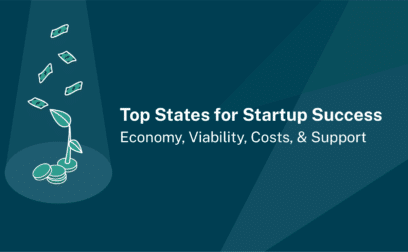Definition
The annual percentage rate (APR) is a standardised way of expressing the overall cost of borrowing, including both the interest rate and certain fees, as a single percentage. It’s designed to provide borrowers with a clearer understanding of the true cost of a loan or credit product.
What is the annual percentage rate?
The APR takes into account not only the interest rate charged on the borrowed amount but also any additional costs such as origination fees, points, and certain other finance charges. By including these costs, the APR gives borrowers a more accurate representation of what they’ll actually pay over the life of the loan or credit agreement.
Lenders are typically required to disclose the APR to borrowers when offering loans or credit, allowing borrowers to compare different offers more easily and make informed decisions about their borrowing options. Keep in mind that while the APR provides a helpful comparison tool, it may not cover all potential costs, so it’s important to carefully review all terms and conditions before committing to a loan or credit product.
A “good” APR depends on factors like market rates, the prime interest rate set by the central bank, and the borrower’s credit score. When prime rates are low, competitive industries may offer very low APRs, such as 0% on auto loans or leases. While attractive, customers should verify if these rates apply for the entire term or if they are introductory rates that will increase later. Additionally, the lowest APRs are often available only to those with excellent credit scores.
APR vs. interest rate
APR and interest rate are close to similar, but serve distinct roles in financial transactions. The interest rate is the percentage charged on the principal amount borrowed. In contrast, APR covers the interest rate plus all additional fees associated with the loan, expressed annually. This broader measure allows borrowers to assess the total cost of borrowing more accurately. APR is standardised and it is crucial for evaluating the overall affordability of loans beyond just the interest rate.
Types of annual percentage rate
There are several types of APR, each used in different financial contexts:
- Fixed APR: The interest rate remains constant throughout the loan term.
- Variable APR: The interest rate can fluctuate based on changes in an underlying benchmark, such as the prime rate.
- Introductory APR: A temporary, lower APR offered as an incentive for a specified initial period, after which it typically reverts to a higher rate.
- Penalty APR: Applied when a borrower fails to make payments on time or breaches other terms of the agreement. It is typically higher than the standard APR.
- Purchase APR: Applied to purchases made using a credit card. This rate can vary based on the cardholder’s creditworthiness.
- Balance transfer APR: Applied to balances transferred from one credit card to another. It may differ from the purchase APR.
- Cash advance APR: Applied to cash withdrawals made using a credit card. It is usually higher than the purchase APR and may start accruing interest immediately.
Example of annual percentage rate
Car loan details: Alex is in the market for a new car and decides to finance the purchase with a loan. He borrows $20,000 from a bank to be repaid over 5 years.
Nominal interest rate: The bank offers Alex a nominal interest rate of 5% per year on the loan.
Additional fees: In addition to the interest rate, there are some upfront fees associated with the loan, such as an origination fee and processing fees. These fees amount to $500.
Calculation of APR: The APR is calculated by considering both the interest rate and the additional fees. In this case:
APR = 5% + ($500 / $20,000) × 100% = 7.5%
The APR, in this case, is 7.5%. It provides a more comprehensive view of the total cost of the loan, including both interest and fees.





 yet? Register here!
yet? Register here!